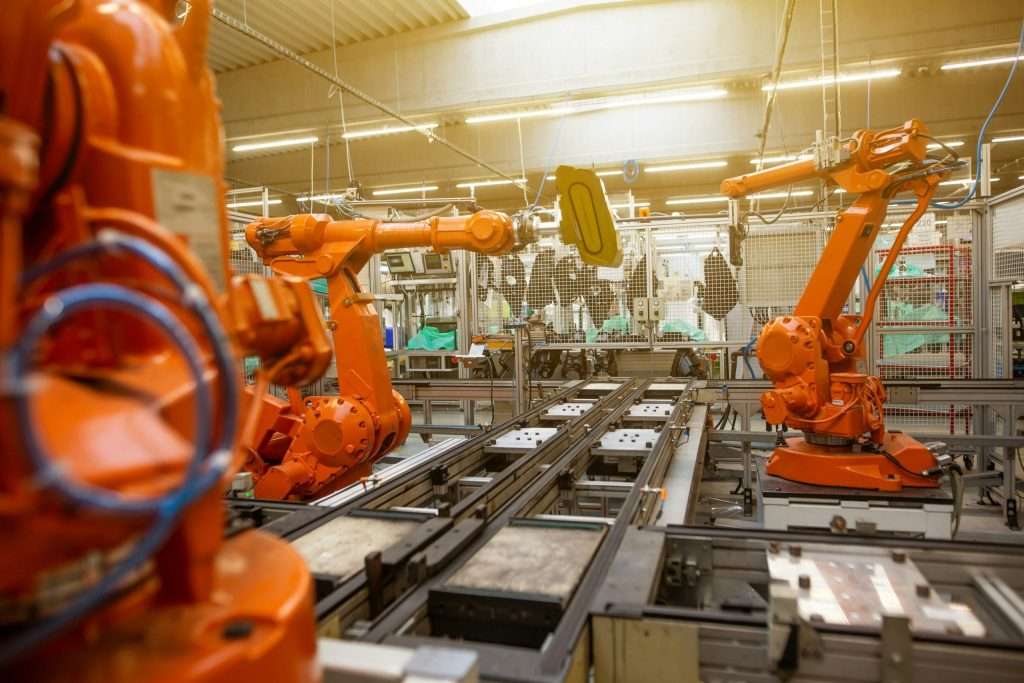Interoperability has been a persistent challenge in warehouse automation, with robots from different manufacturers operating in isolation. That reality is shifting. Roboteon’s software enables diverse automation systems to function as a single fleet, providing companies with the flexibility they need to accelerate their automation strategies.
Breaking the Automation Silo
Robotics has transformed warehouse operations, but a major limitation has slowed its full potential: automation systems don’t naturally communicate with one another. Companies deploying robots from multiple vendors often find that these machines operate independently, leading to inefficiencies, bottlenecks, and fragmented workflows.
The result is that many businesses still rely on human intervention to bridge the gap between robotic fleets, limiting the scalability of automation. The challenge isn’t simply a lack of communication—it’s that different robotic systems have proprietary software, separate fleet management tools, and varying levels of integration with warehouse management systems.
Roboteon’s platform addresses this by enabling robots from multiple manufacturers to function as a single, unified fleet. Rather than forcing companies to choose a single vendor or invest in costly workarounds, it allows warehouses to scale automation while maintaining flexibility.
Interoperability as a Competitive Advantage
The demand for multi-vendor interoperability isn’t new, but the pressure to solve it has never been greater. As supply chains become more complex, companies need automation that adapts dynamically, rather than systems that require extensive reprogramming every time a new robot is introduced.
The lack of integration has been a key obstacle for companies expanding automation. Robots that can’t coordinate tasks lead to inefficient workflows, additional labor costs, and slower order fulfillment. Some of the world’s largest logistics providers have already faced these challenges. Companies like DHL and GXO Logistics have had to build custom middleware solutions to ensure different robotic systems can function together.
This issue extends beyond warehouses. Large e-commerce players have encountered friction when integrating robots from different acquisitions. Even as warehouse automation investment grows, businesses that fail to prioritize interoperability risk creating rigid, vendor-locked systems that don’t scale with future needs.
The New Imperative for Robotics Investment
Interoperability is shifting from an operational challenge to a defining factor in automation strategy. Companies that expand their robotic fleets without ensuring seamless integration are finding that the expected efficiency gains often fail to materialize. Warehouse leaders who once viewed interoperability as a secondary consideration are now treating it as essential to long-term automation success.
The next phase of robotics adoption will separate companies that build automation infrastructure for adaptability from those that remain locked into proprietary systems. Businesses that invest in multi-vendor integration will be able to transition between technologies as automation evolves, ensuring their systems remain competitive. Those that delay will face growing costs and diminishing flexibility as new technologies emerge.



